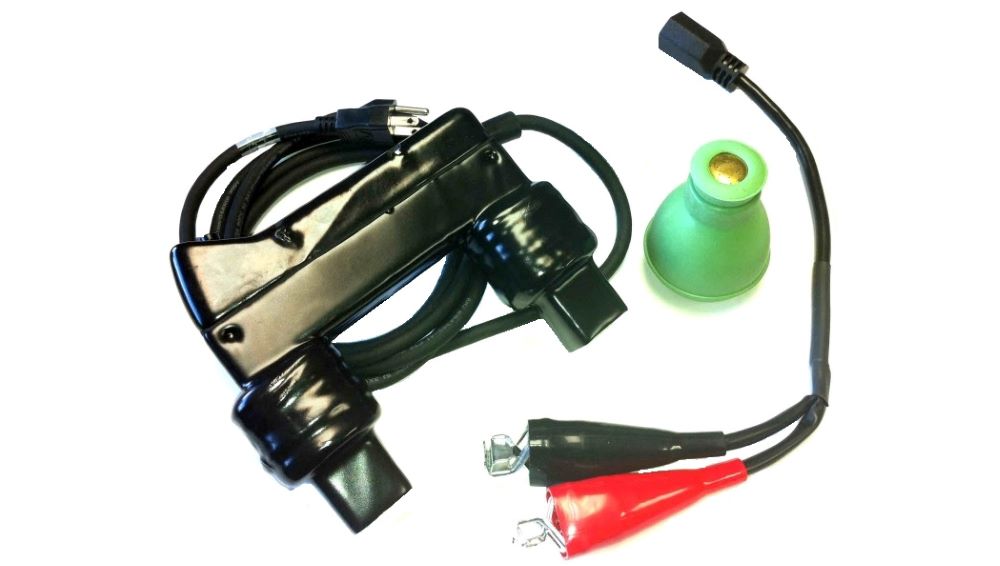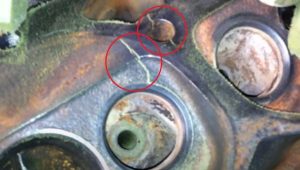Cylinder head magnaflux crack detection
After cleaning and washing, a detailed check of the cylinder head follows, and one of the ways to check is by the magnetic method – magnaflux crack detection. The flatness of the connecting surfaces, cracks, deformation, and wear of the cylinder head parts are checked.
Cylinder head magnaflux crack detection
The appearance of cracks in castings is the result of stress or stretching. Cracks occur due to:
- defects in the casting structure during the cylinder head casting;
- fatigue of the material, small cracks appear first, which spread due to constant stress;
- lack of material stiffness;
- mechanical damage from the impact of a solid, hard object;
- the constant impact of the valve on the seat and breakage of the thin-walled cast iron;
- sudden cooling of the heated part by a burst of cold water or air;
- overheating due to improper operation of the engine cooling system.
Some cracks can be detected by visual inspection. However, many cannot be seen easily, so special methods and equipment are used to detect cracks in the cylinder head.
Magnetic particle testing kit
A strong permanent magnet or electromagnet is used. When a magnet is placed on the cylinder head, the magnetic field propagates through the metal between the ends of the magnet. If between the magnetic poles there is a crack in the gap government strong magnetic field. Metal sawdust is sprinkled on the motor block between the two poles of the magnet. A strong magnetic field draws dust into the crack gap. In this way, a crack is marked on the tested part of the cylinder head. During the test, the magnet is placed in two different positions at an angle of 90°. The cracks that are in the direction of the propagation of the magnetic field line do not react and do not attract magnetic dust.
The procedure is repeated along the entire length of the cylinder head.
To cylinder head check is by the magnet method, follow these steps:









